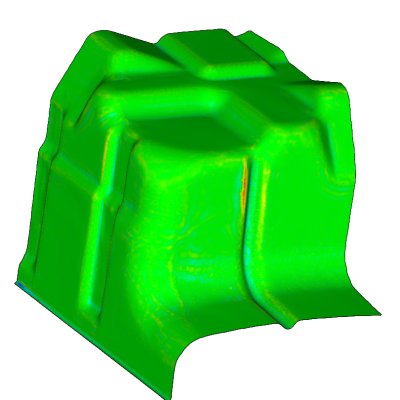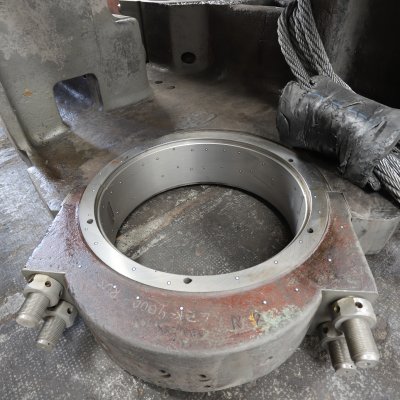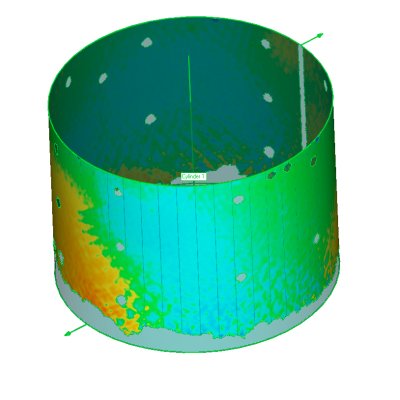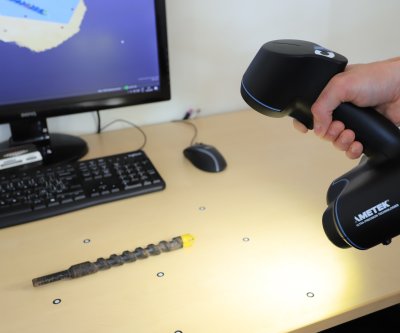
Digital copies of existing components
If an object needs to be reproduced based on an existing part, its shape is converted into a digital model using precise 3D scanning, which can either be analysed and reproduced or modified and adapted to new requirements. We scan machine parts, car parts, moulds and components made of various materials, but also art objects or archaeological finds.

Quality control
The physical product is scanned using a triangulation-based 3D scanner and the resulting digital model is compared with the design or project. The differences between the 3D models are expressed numerically and graphically and directly describe the quality and accuracy of the product design.

Dimension and deformation check
We use laser scanning for dimensional inspection, deformation monitoring, collision detection and other change monitoring. We use point clouds and mesh models, which are the primary output from triangulation-based 3D scanners, for analysis, which can be accurate to hundredths of millimeters. For larger object, such as piping systems and other technological units, we use terrestrial laser scanning and CAD models.

Laser scanning accuracy and output formats
Reverse engineering of machine components requires high precision, which we achieve with a reliable and accurate triangulation-based 3D scanner. The standard deviation of the resulting model can be up to 50 µm, i.e. 0.05 mm.
We provide services related to 3D scanning and create models in standard 3D geometry formats such as .OBJ, .WRL or .PLY, or in other formats according to the customer's requirements, e.g. conversion to .STP, .IGS.